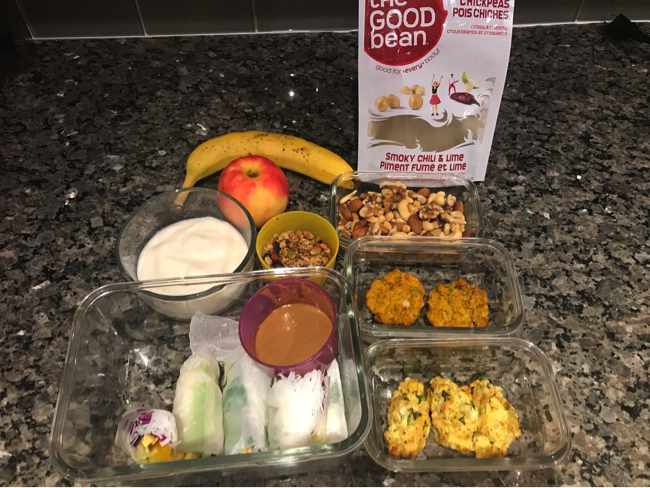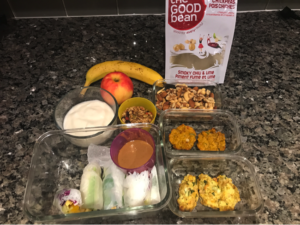Why We Are Eating More Veggies

Like many of you, my wife and I recently watched the Netflix documentary “What the health” espousing the benefits of a plant based diet and negative impact of an animal protein diet.
The movie was entertaining and thought provoking. It did a fine job exposing the current challenges in funding structures for ‘health related’ charities/associations and the pressures upon them to appease donors. I also found certain aspects sensationalized, for instance their stating sugar does not cause diabetes.
Attempting to take a balance approach to the mixed messages on nutritional sciences that documentaries convey, we always try to take one applicable lesson from each to implement with our family. For this particular one, we are making a conscious effort to lessen our nutrition profile derived from animal products.
There are compelling arguments for both sides of the judicial scale on whether animal products are good or bad. In truth, as John Berardi of Precision Nutrition states, “nutritional science discovery is currently akin to alchemy….we simply do not know a lot at this point.”
It is outside the scope of a simple blog like this one to make an over-arching recommendation such as ‘don’t eat meat’. This is an individual choice that should be considered through a number of different lenses. I do feel however that the positives of moving towards a more plant based diet are inarguable. We are not eliminating animal protein from our diet, but we are currently aiming for roughly 10-15% of our total protein being from animal sources.
Below are 3 strategies we employed to make this happen.
For any of these strategies to actually stick, they must have two non-negotiable features:
- Be easy to implement and not take up any of my most important commodity: time. This means I should barely perceive the change.
- Preferably be automated (literally leaving me no excuses for not incorporating the strategy).
Here are 3 simple strategies we have employed that have stuck and I see no reason to think they will not continue to stick moving forward:
- Automating organic vegetable delivery: Dave made me aware of an easy to use automated weekly delivery service for locally grown organic fruits and vegetables. After some careful research we chose Green Porch that worked in our budget and delivered to our home. We pay $50.99 weekly for a bankers box full of fruits and veggies and have the ability to substitute 3-4 out of 12-15 items weekly via an easy to use online website. The surcharge to what we were already paying for fruits and veggies with our weekly shopping is negligible. We feel good about supporting local farms and are also forced to try some veggies previously out of our comfort zone.
- Changed our protein supplement from a whey isolate to a plant based alternative. This again was an easy one as it simply meant selecting a different product that I was going to buy anyways. I haven’t found one that I am in love with yet due to the frequent sweetening with Stevia, but recently bought an unflavored (no Stevia) one and just add a few drops of organic vanilla flavoring which has solved this issue.
- Stopped having meat at lunch. This one was daunting……until it wasn’t. I brown bag my lunch at least 90% of the time. By brown bagging I mean taking a glass container of the previous nights meal for lunch the next day. This saves money, time, and is tastier then buying lunch out. We already have a couple of meat free meals for dinner each week so those days are easy. On days that our prior nights meal included meat, I simply pack all the side dishes and double up on snacks that I normally take anyways (almonds, other nuts, chick pea snacks etc). Below is a picture of a typical lunch I take on a daily basis. It takes about 4 minutes to prepare the night before and is enough to fill me up for my entire day.
That’s it.
In short, these strategies were simple, they were cheap, and importantly they were automatic.
Now check out that delicious lunch below!

Pete
